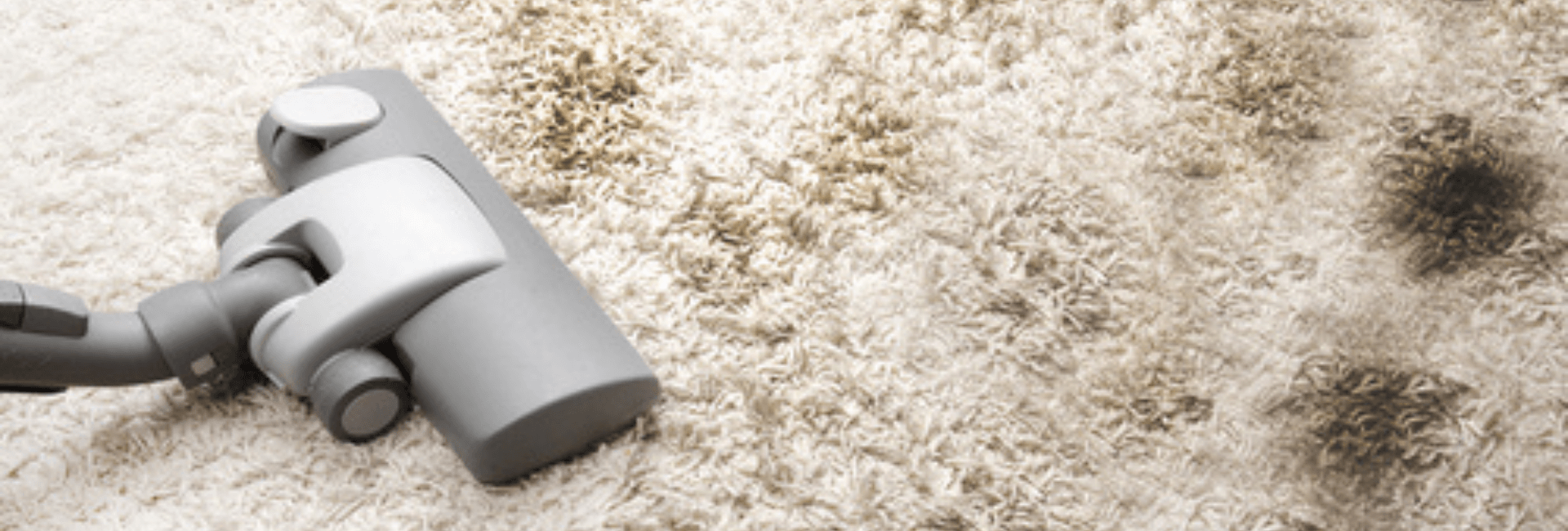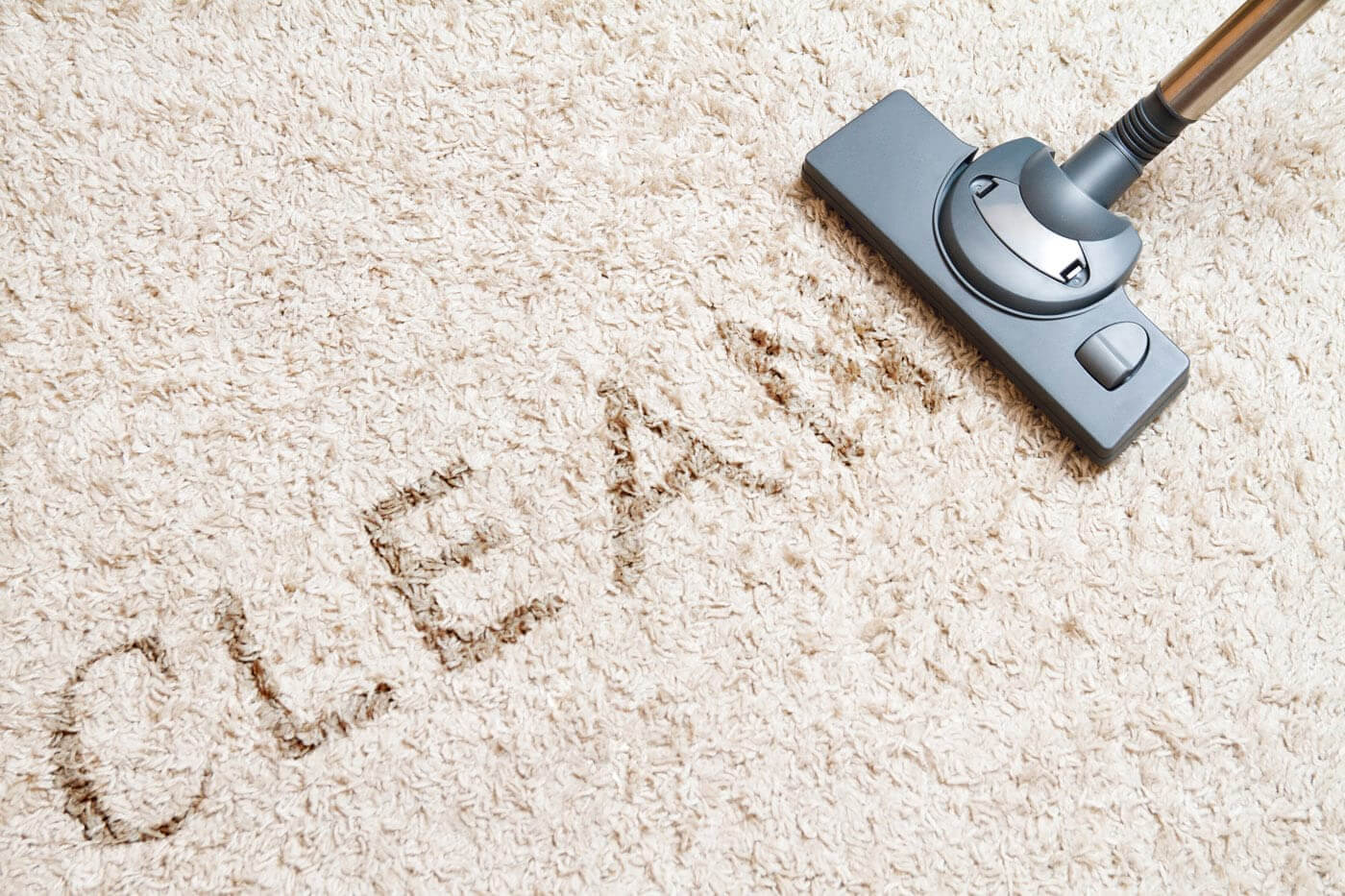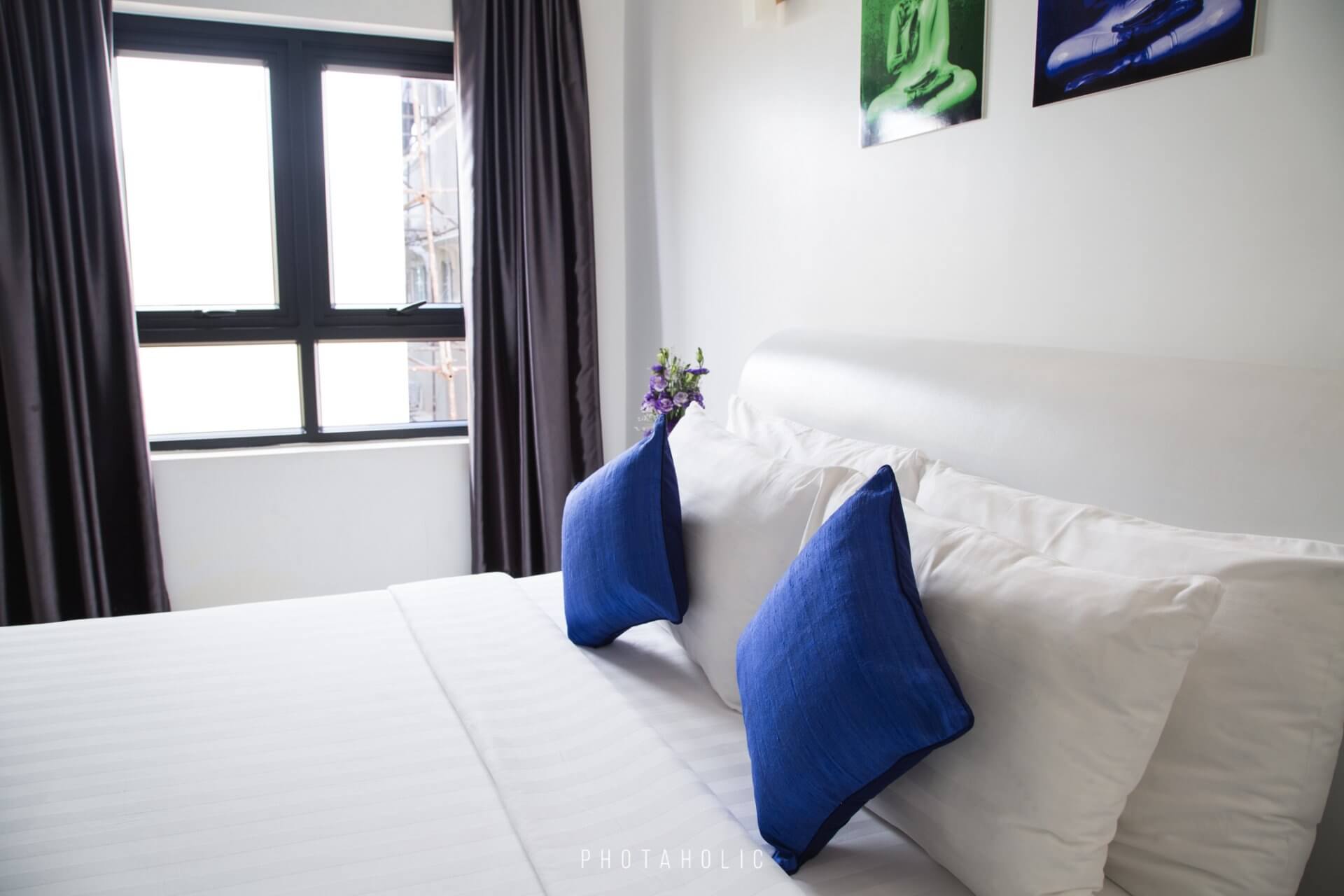Carpet Mould in Bunbury: Warning Signs and What to Do
Why Bunbury’s Climate Poses a Risk for Carpet Mould
Living in Bunbury means embracing the ocean breeze and coastal charm — but it also comes with seasonal dampness that homeowners can’t ignore. From winter condensation to post-beach humidity, carpets in Bunbury homes are particularly vulnerable to mould and mildew.
While hard surfaces like tiles or vinyl floors dry quickly, carpets act like sponges. They soak up moisture from foot traffic, pet paws, wet shoes, and even the air itself. Without proper ventilation or regular cleaning, this trapped moisture becomes the perfect breeding ground for mould spores.
Local weather patterns — especially the cooler, wetter months — contribute to these issues. According to recent humidity levels recorded in the Bunbury region, internal room moisture can regularly exceed 60%, which is enough to encourage fungal growth in soft furnishings. For many residents, recognising the early signs of mould in carpets could prevent major health and property issues down the line.
If you suspect your carpet may be affected, don’t wait. Booking a local carpet cleaning specialist in Bunbury with experience treating moisture-prone homes is one of the most effective ways to protect your living space.
Common Warning Signs of Mould-Infested Carpets
1. Musty or Damp Smell That Won’t Go Away
Even after vacuuming or airing out the room, does your carpet still smell strange? That stale, earthy scent is often the first red flag — a clear sign that something deeper is going on beneath the fibres. You might not see mould yet, but it’s likely already active in the underlay or backing.
2. Discoloured Patches or Greenish Stains
Mould often appears as faint grey, green, or black blotches in uneven shapes. These marks are typically found in darker corners, under furniture, or near sliding doors and windows where water collects. If your carpet’s colour is changing in isolated spots, don’t ignore it.
3. Allergy Flare-Ups or Respiratory Irritation
One of the biggest issues with indoor mould is its impact on health. Mould spores can trigger sneezing, coughing, itchy eyes, asthma symptoms, and sinus problems. If you notice these symptoms intensifying while at home — especially in carpeted areas — mould may be the cause.
4. Damp or Squishy Texture Underfoot
If a section of your carpet feels slightly wet or softer than the rest, it could indicate underlying water damage or trapped moisture. This is particularly common after storms or in rooms where condensation builds, like bedrooms or home offices without cross-ventilation.
5. Signs of Insect Activity
Believe it or not, some insects thrive in moist carpet environments. If you’re spotting more silverfish, beetles, or tiny bugs near your skirting boards or under rugs, it could be a sign of decaying organic material below the surface — including mould.
Areas in Bunbury Where Mould Is Most Common
Homes located in coastal zones like Withers, Usher, and Carey Park — or near waterways like the Leschenault Inlet — are more prone to moisture and humidity build-up. Older homes in East Bunbury or South Bunbury, especially those with outdated insulation or wooden window frames, also rank high for indoor dampness.
If you’re living near these areas, it’s worth booking a regular inspection and cleaning cycle, especially during or after the winter months.
What to Do if You Suspect Carpet Mould
1. Don’t Just Spray and Vacuum
Using air freshener or a mould spray won’t solve the issue — in fact, it may drive spores deeper into the carpet. Without extracting the moisture and treating the underlay, the mould will return within days.
2. Call a Local Professional
Only a trained technician with the right equipment can perform deep extraction, drying, and mould treatment safely. Hiring a professional carpet cleaner in Bunbury with experience in coastal moisture issues ensures the job is done thoroughly and safely.
3. Improve Ventilation and Use Dehumidifiers
After treatment, keep humidity below 55% indoors. Open windows during the day, run exhaust fans, and consider adding a dehumidifier in problem areas like lounges and bedrooms.
Learn from Past Cases
In our previous post on how Bunbury’s coastal climate impacts carpet health, we explained how salt, sand, and humidity quietly break down carpet fibres. Now we’re seeing how that same climate encourages mould when moisture isn’t addressed quickly.
In our next guide, we’ll explore which types of carpets are most resistant to Bunbury’s weather, including tips for selecting the best materials for your lifestyle and home layout.






